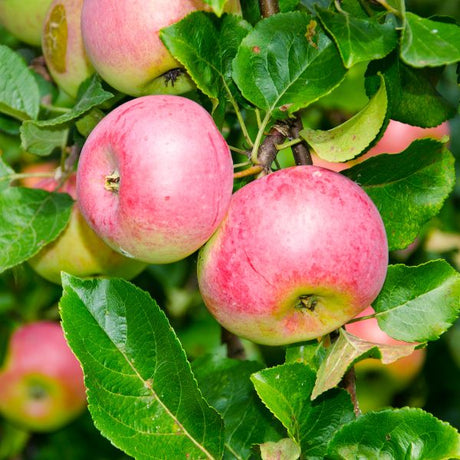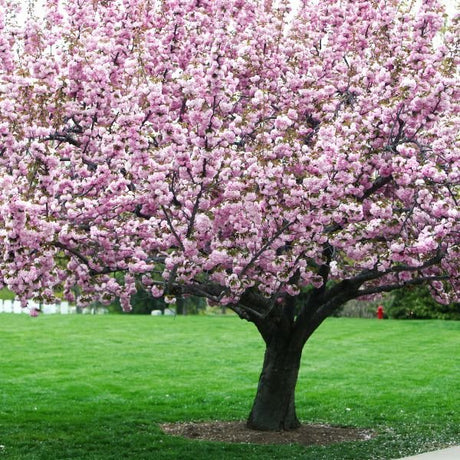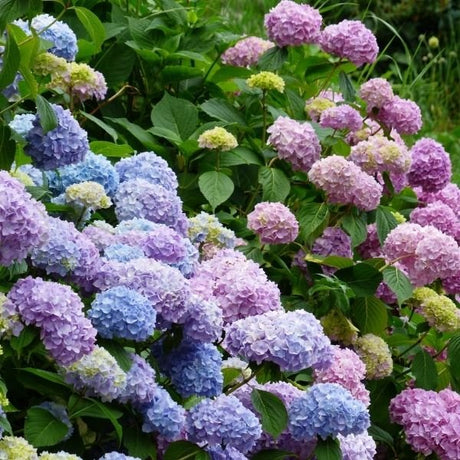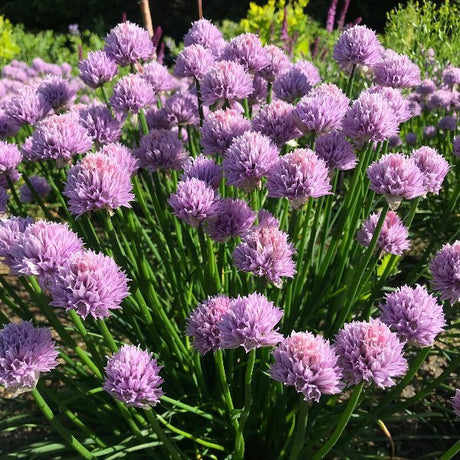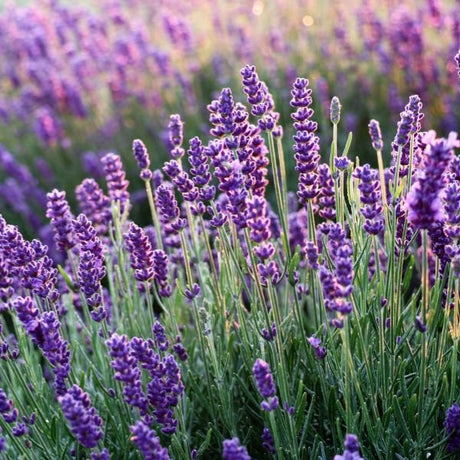Washington Hawthorn
Crataegus phaenopyrum
- Stay Protected with Plant Sentry ™
Washington Hawthorn - #2 Container is backordered and will ship as soon as it is back in stock.
Plant Sentry™
Plant Sentry™

Plant Sentry™ Protected
Your order is protected by our compliance system that:
- Prevents restricted plants from shipping to your state
- Ensures plants meet your state's agricultural requirements
- Protects gardens from invasive pests and diseases
Delivery and Shipping
Delivery and Shipping
Delivery and Shipping
Fast, Safe Plant Delivery
Ships in 3-4 business days • Tracking provided • Weather protected
| Under $50 | $9.99 |
| $50 - $99.99 | $14.99 |
| $100 - $149.99 | $16.99 |
| $150+ | $24.99 |
✓ Zone-specific timing • ✓ Professional packaging • ✓ Health guarantee
Understanding Plant Options
Nature Hills offers plants in two main formats:
- Container Plants: Grown in pots with soil, sized by container volume and plant age
- Bare Root Plants: Dormant plants without soil, sized by height measurements
Container Plant Sizes
Container sizes indicate plant age and growing capacity rather than liquid volume equivalents. Our containers follow industry-standard nursery "trade gallon" specifications, which differ from standard liquid gallon measurements.
Young Plants (6 months to 18 months old)
| Container Size | Actual Volume | Metric Equivalent |
|---|---|---|
| 2" x 2" x 3" | 0.18 - 0.21 dry quarts | 0.20 - 0.23 dry liters |
| 4" Container | 0.31 - 0.87 dry quarts | 0.35 - 0.96 dry liters |
| 4.5" Container | 0.65 dry quarts | 0.72 dry liters |
| 6" Container | 1.4 dry quarts | 1.59 dry liters |
| 1 Quart | 1 dry quart | 1.1 dry liters |
| 5.5" Container | 1.89 dry quarts | 2.08 dry liters |
Established Plants (18 months to 2.5 years old)
| Container Size | Actual Volume | Metric Equivalent |
|---|---|---|
| 2 Quart | 2 dry quarts | 2.2 dry liters |
| #1 Container | 2.26 - 3.73 dry quarts | 2.49 - 4.11 dry liters |
| 5" x 5" x 12" | 3.5 - 4.3 dry quarts | 3.85 - 4.74 dry liters |
Mature Plants (2-4 years old)
| Container Size | Actual Volume | Metric Equivalent |
|---|---|---|
| #2 Container | 1.19 - 1.76 dry gallons | 5.24 - 7.75 dry liters |
| #3 Container | 2.15 - 2.76 dry gallons | 8.14 - 12.16 dry liters |
Large Plants (3-5 years old)
| Container Size | Actual Volume | Metric Equivalent |
|---|---|---|
| #5 Container | 2.92 - 4.62 dry gallons | 12.86 - 20.35 dry liters |
| #6 Container | 5.25 - 6.01 dry gallons | 23.12 - 26.42 dry liters |
| #7 Container | 5.98 - 6.53 dry gallons | 26.34 - 28.76 dry liters |
Bare Root Plants
Bare root plants are sold by height from the root system to the top of the plant. Plants may exceed minimum height requirements.
Common Sizes:
- Trees: 1 foot, 2 feet, 3 feet, 4 feet, 5 feet, 6 feet
- Shrubs & Perennials: 1 foot, 18 inches, 2 feet
Important Notes
Container Volume Specifications
- Trade Gallon Standard: Our containers follow industry-standard "trade gallon" specifications established by the American National Standards Institute (ANSI Z60.1) for nursery stock
- Volume Variations: Actual soil volume may vary due to plant root systems and growing medium settlement
- Age Indicators: Container size primarily indicates plant age and maturity rather than liquid volume equivalents
Growing Conditions
- Plant size can vary based on variety and growing conditions
- Container size helps indicate plant maturity and establishment level
- Larger containers generally mean more established root systems and faster landscape establishment
Seasonal Availability
- Bare root plants are available seasonally when dormant
- Container plants are available throughout the growing season
- Specific varieties may have limited availability in certain sizes
Questions?
For questions about specific plant sizes or availability, please contact our plant experts who can help you choose the right size for your landscape needs.
Plant Highlights
Washington Hawthorn highlights at a glance!
-
Brand
-
Botanical Name
-
Growing Zones4, 5, 6, 7, 8
-
Mature Height
-
Mature Spread
-
Sun ExposureFull Sun
-
Moisture
-
Soil
-
Growth RateMedium
-
Flower Color
-
Fall Color
-
Pollinator Required
-
Pruning Time
-
Bloom PeriodLate Spring
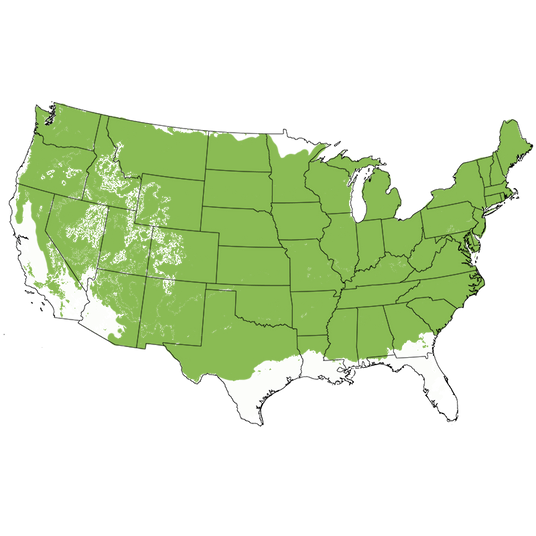
Growing Zones
Last To Bloom - First in Fall Splendor
The Washington Hawthorn (Crataegus phaenopyrum) may be fashionably late to bloom, but this native charmer makes up for it with year-round flair! As the last of the ornamental Hawthornes to flower, it opens its brilliant-white clusters in late spring when most other blooms have faded. These fragrant, pollinator-friendly blossoms contrast beautifully against rich, deep green foliage that starts out a striking reddish-purple when it first unfurls, talk about a wardrobe change!
A Fireblight-resistant and salt-tolerant choice, the Washington Hawthorn is a reliable ornamental for modern yards and classic gardens alike.
This upright, rounded tree grows 25 to 30 feet tall and nearly as wide. In autumn, it pulls out all the stops: dazzling scarlet, orange, and even purple foliage ignites the canopy, giving way to bright red berries that persist well into winter. These glossy berries feed songbirds and provide structure and interest when the garden has gone quiet. With a somewhat rugged texture, thorny branches, and shiny leaves, this tree offers a bold silhouette in all four seasons.
>>>Jump to Planting & Care Instructions
Key Features
- Last of the Hawthornes to bloom in spring
- Fragrant, brilliant-white flower clusters
- Reddish-purple new leaves mature to deep green
- Fall foliage in vivid orange, scarlet, and purple hues
- Winter interest with long-lasting red berries for birds
- Fireblight resistant, Rust-resistant, and salt tolerant
- Native to the southeastern United States
- Thorny branches add security and wildlife cover
Landscaping Uses
A stalwart for pollinator gardens, wildlife havens, and traditional landscapes, it’s a no-nonsense beauty Ma Nature herself would be proud of. The Washington Hawthorn is a 25-30-foot tall deciduous tree with an upright oval to rounded form, perfect for four-season garden flair.
- Specimen or focal point tree in small yards
- Wildlife-friendly plantings and songbird gardens
- Autumn color anchor in mixed borders
- Seasonal privacy screen with added thorns
- Moon Garden specimens with bright white flowers
- Firewise landscaping and drought-tolerant xeriscapes
- Accent tree for historic gardens and cottage gardens
Care and Maintenance
Native to the southeastern U.S., the Washington Hawthorn is beloved for its hardiness (Zones 4 through 8), wildlife value, and landscape toughness. It's part of the large Crataegus clan, related to Apples and Roses, and flourishes in urban environments, compacted soils, and salty conditions.
This is a deciduous tree with glossy foliage, fragrant spring blooms, brilliant fall color, and persistent fruit, offering year-round garden interest. It’s tough-as-nails, handles heat, salt, drought, and compacted urban soil like a champ.
- Planting Time: Spring or fall
- Sun Needs: Full sun for best flowering and fall color
- Soil Needs: Well-drained soil; tolerates clay, rocky, and urban soils; moderately drought tolerant once established; handles salt and compaction well
- Moisture Needs: Average moisture; water new trees regularly using the Finger Test
- Mulch: Apply a 3-4 inch layer of arborist mulch to retain moisture and regulate soil temperature
- Fertilization Needs: Light feeding in early spring with a tree-specific fertilizer if needed
- Pruning Info: Prune in late winter or early spring to remove suckers, crossed branches, and for shape; flowers on new growth
- Special Needs/Perks/Growing Tips:
- Deer-resistant due to thorny branches
- Highly pest and disease-resistant
- Fireblight and cedar rust-tolerant
- Urban tough: handles high salinity, air pollution, and poor soils
- Pollination Needs: Self-pollinating; berries form without another tree
A Thorny Beauty You’ll Fall For
If you’re looking for a tree that puts on a year-round show with minimal fuss, the Washington Hawthorn steals the stage. Between its late-spring blooms, fiery fall foliage, and winter berries, it’s a beacon for birds and a gem for gardeners. Those thorns? Just Ma Nature’s way of keeping the drama all to herself.
Order now at Nature Hills Nursery and we’ll ship at the appropriate planting time for your region.
Frequently Asked Questions
Is the Washington Hawthorn messy?
Not particularly. While it does drop leaves in fall, the berries are usually eaten by birds before they become a cleanup issue.
Does Washington Hawthorn have thorns?
Yes, it has sharp, inch-long thorns that make it deer-resistant and great for security or wildlife shelter.
Can I grow Washington Hawthorn in clay soil?
Yes! It tolerates clay, rocky soils, and even compacted urban earth.
Are Washington Hawthorn berries edible?
Technically yes, though they’re usually left for the birds. Humans may use them for jellies or teas, but consult a foraging guide before consuming.
How fast does Washington Hawthorn grow?
It grows at a moderate rate, around 12-24 inches per year under optimal conditions.
Is it good for pollinators?
Absolutely! The flowers attract bees and other beneficial pollinators.
Why Order From Nature Hills Nursery?
Nature Hills Nursery is committed to bringing the highest-quality plants to your door. Join thousands of happy customers and get all your planting needs at Nature Hills! We guarantee our plants for their first year! Check out lifelong support and landscaping ideas in our #ProPlantTips Garden Blog!







